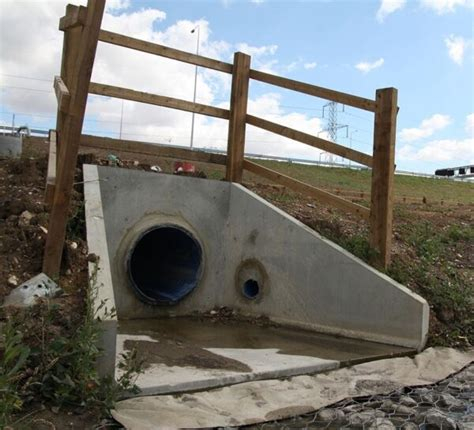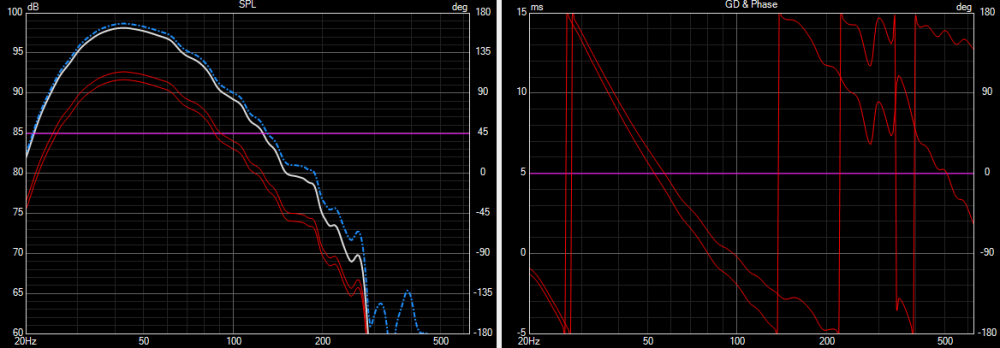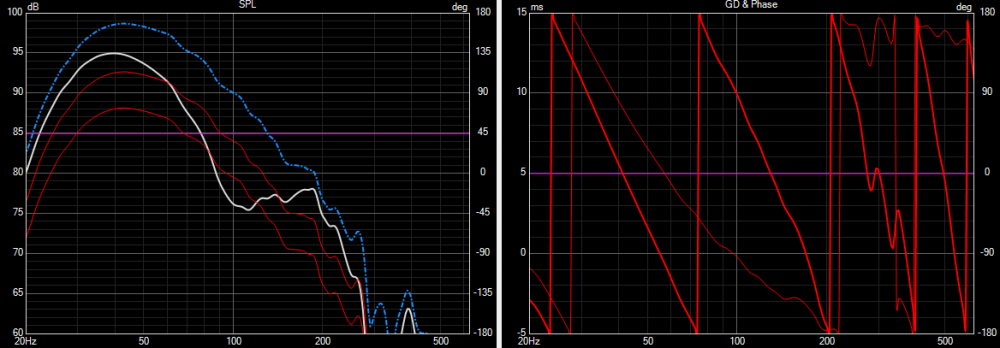Home ›
Site Links
Howdy, Stranger!
It looks like you're new here. If you want to get involved, click one of these buttons!
Quick Links
Categories
In this Discussion
Who's Online (0)
Port matching make a difference? . . .
My sub is front firing with ports on the back firing into the head-wall (FRONT WALL).
I want to add a woofer cabinet and wonder if placing the ports on the front will make a difference concerning the phase matching with the sub.
My experiments so far say that "yes" it will matter, as the back wave from the woofer ports will be out of sync/alignment with the ports on the sub if placed on the opposite side of the cabinet. (muddy/ill-defined sound reproduction).
Any thoughts/experience with this arrangement?
Thanks.
[Edited for proper terminology 10-01-2022 - SJL]
Comments
At those low frequencies the wave lengths are so long it doesn't matter what side of the box the port(s) are on.
I'm going to agree with this with one caveat - port resonance and midrange leakage can be a slight issue on front firing full range speakers. Not sure it is audible but it is measurable.
Unrelated to your question, but how close is the sub to the wall? You may have inadvertently lowered tuning if it is too close to the wall. Years and years ago I experimented with using the floor as an extension of my downfiring port - and discovered boundary make a significant difference in measurable tuning and response.
Yeah, yeah I reinvented the wheel since pro-audio bass bins have front firing slot ports on the bottom edge of the cabinet for that very reason but it was fun arriving at that through empirical goofing off with little blocks of 2" x 2" x 1/4" HDF.
What’s a head wall? Survey says…

What’s the port tuned to, 30ish Hz? So wavelength in the range of 11 meters or so, 30cm difference in port location from front to back side is only a few degrees of phase shift. Location of the sub in the room in relation to the main speakers and is going to have a much greater effect on phase interaction.
For subwoofers I generally stick ports front and bottom for the bass bin reasons JR explained, and so the sub can be tucked in as close to the wall as possible. For woofers in a tower, I prefer ports on the rear side, for the midrange leakage benefit and because I think ports are generally ugly.
Sub is 6.5" away from FRONT WALL (12" Sub, 1.7 cu ft, 2 ports = 3" x 14" each)
I too enjoy actually experiencing the science so that it sticks in my head where book learning does not.
FRONT WALL - sorry for my incompetence with semantics

Not sure as it was purchased from PE but the particulars follow:
--> (12" Sub, 1.7 cu ft, 2 ports = 3" x 14" each)
I tried for a long time to figure out why the sub and MB woofer just didn't sound right - maybe I am overly sensitive to timing but that is because I am a drummer and can tell the difference between latency of 3ms delay and 5ms while keeping time for a music track.
Using electronic drums triggering sounds (voices) via MIDI after a drum pad (trigger) strike. I compensate by striking the pad earlier during a song when the latency of the recording device is longer.
36Hz if you plug that into your favourite box simulator. My point was to consider the wavelengths you're dealing with here which are in many meters of length. If we consider say 40Hz, a wavelength of 8.6 meters, a 30cm difference moving the port from front to back side of the cabinet makes for a 12.5 deg phase shift, it's effect on overall response will be fairly minimal, likely a fraction of a dB.
Here's 2 subwoofers playing in parallel, separated by 30cm, roughly 1ft.

3ms to 5ms is significant in terms of physical distance, you are now considering delay distances of 1 to 1.7 meters.
Here's 2 subwoofers playing in parallel, separated by 1.7meters. Phase interaction of drivers separated by a distance is quite a bit different from musical timing though.

As long as were throwing out ideas, I do like any floor gain I can get with the port close to the floor.
And speaking of inadvertently lowing the tuning, a grill/ speaker cloth over a front port does make an bigger difference than I thought.